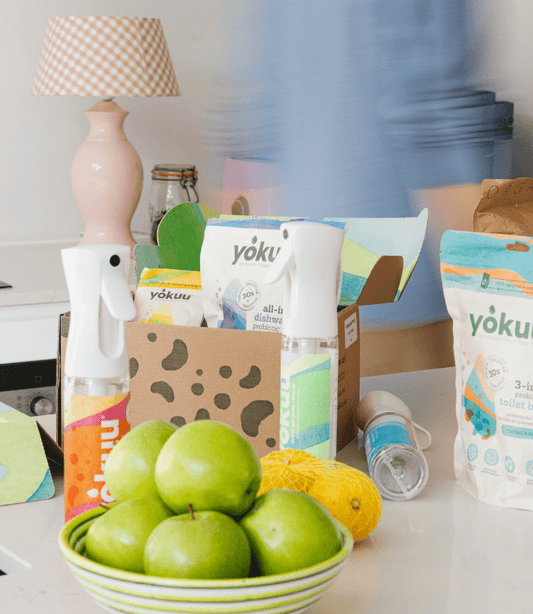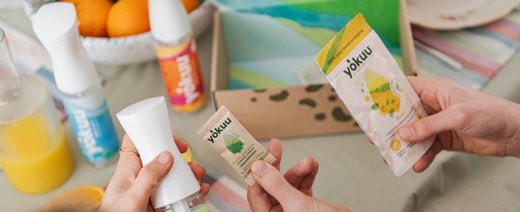Microbes are everywhere, and often making our lives easier without us even noticing. For example, yeast helps make bread soft and fluffy by consuming sugar and producing carbon dioxide gas, which causes the dough to expand.
In this experiment, we'll use yeast to inflate a balloon with carbon dioxide. It's a fun, educational, and kid-friendly way to teach the little ones about the power of microbes.














